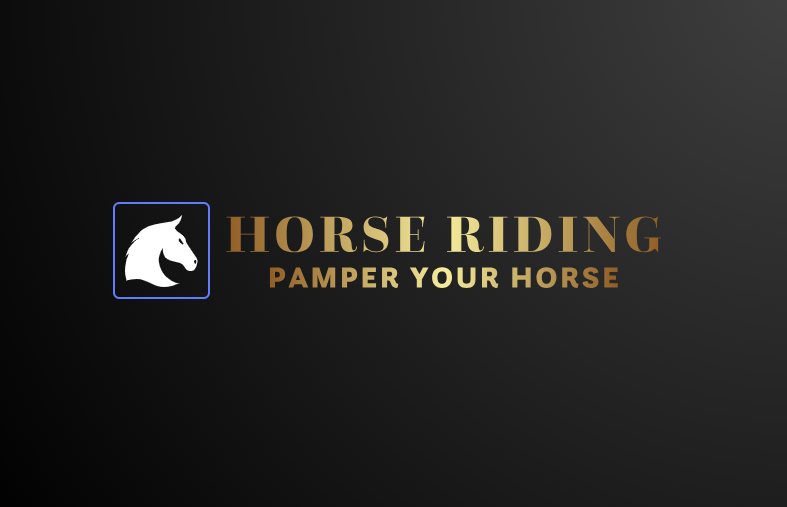
Navigating the World of Equestrian Insurance
Key Takeaways
- Understanding equestrian insurance is essential for protecting your investment in horses and riding equipment.
- Various types of equestrian insurance coverage are available, depending on your specific needs.
- Always compare policies to find the best fit for your equestrian activities.
- Consider factors such as coverage limits, costs, and exclusions before selecting a policy.
Navigating equestrian insurance can seem overwhelming, but it is a crucial step in ensuring that your investment in horses and riding equipment is protected. This guide aims to clarify the different types of equestrian insurance available, helping you make informed choices when selecting the right coverage for your needs.
Types of equestrian insurance
Equestrian insurance comes in various forms, each designed to cover specific needs and risks faced by horse owners and riders. Below are the most common types of coverage:
| Type of Insurance | Description |
|---|---|
| Mortality Insurance | Covers the loss of a horse due to illness, injury, or theft. |
| Major Medical Insurance | Provides coverage for veterinary services, surgery, and other medical expenses for your horse. |
| Liability Insurance | Covers damages that might occur due to injury or damage caused by your horse to others or their property. |
| Personal Accident Insurance | In case of an accident while riding, this coverage protects the rider and can assist with medical costs. |
| Farm and Ranch Insurance | Protects the facilities, equipment, and other assets related to horse care and riding. |
Factors to consider when choosing equestrian insurance
When selecting the right equestrian insurance, several factors should be taken into account to ensure that you choose the best policy for your needs:
- Coverage Limits: Understand how much coverage you need and what the maximum limits are.
- Exclusions: Read the fine print to know what is and isn’t covered by the policy.
- Cost: Compare premiums and deductibles among different providers.
- Underwriter Reputation: Research insurance companies’ reputations and read customer reviews.
- Specialized Coverage: Look for insurers offering specific policies tailored to your activities (e.g., rodeos, competitions).
Comparing equestrian insurance policies
It's essential to compare multiple policies before making a decision. Here is a simple comparison table to help you evaluate different equestrian insurance options:
| Provider | Mortality | Major Medical | Liability | Customer Rating |
|---|---|---|---|---|
| Provider A | Available | Available | Available | 4.5/5 |
| Provider B | Available | Not Available | Available | 4.0/5 |
| Provider C | Not Available | Available | Not Available | 4.7/5 |
| Provider D | Available | Available | Available | 4.8/5 |
Tips for beginners in equestrian insurance
If you are new to equestrian insurance, here are some tips to help you get started:
- Start with understanding the basics of equestrian insurance to know what you need.
- Consult with fellow equestrians or trainers about their insurance experiences and recommendations.
- Utilize online calculators for estimating coverage needs based on your investment in horses and equipment.
- Take your time to read through policy documents and get clarification on any confusing terms.
- Don’t hesitate to ask questions from your insurance agent to ensure you fully understand your coverage.
Final thoughts
Choosing the right equestrian insurance is vital for protecting your investment in horses and related assets. By understanding the different types of coverage available and considering essential factors before making a decision, you can safeguard your ownership experience and peace of mind in the equestrian world.
For further insights on equestrian gear and riding supplies, check out our detailed guides on Buying Guides, or explore our Equestrian Gear section to find everything you need to enjoy your time in the saddle safely.
